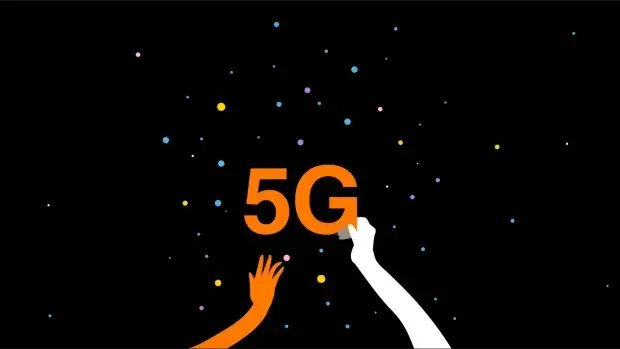Our Engage 2025 strategic plan is guided by our ambition to demonstrate social and environmental best practice. To respond to the climate crisis, our priority is to achieve net zero carbon emissions by 2040, 10 years earlier than the objectives set by the GSMA. Networks play a central role at a time when data uses and volumes continue to increase.
A pioneering commitment
With our sights set on 2025, we have renewed our Green IT&Networks (Green ITN) plan once again in order to improve the energy efficiency of our networks and information systems. We are pioneers in this area, driving an entirely new sector. We’ve been committed to sustainable innovation for several years, with actions that are measurable and upheld by an Environmental Management System framework that complies with international certifications. This proactive policy, supported by all of our teams, enabled us to meet the objective we set at the COP 21 in December 2015: to reduce our CO2 emissions by 50% per customer usage by 2020 (compared to a 2006 base). Indeed, we achieved this objective three years ahead of target.
Find out more about Orange's environmental commitment
Orange, recognised as going green
We have been classified on the 2019 A List according to the Carbon Disclosure Project (CPD). This is the benchmark international organisation for reporting greenhouse gas emissions.
Making the list means we’re one of the best-performing organisations in this area.
A complex energy equation
Our Green ITN program has greatly contributed to this success. In 2019, despite the sharp rise in traffic on our networks, we reduced our CO2 emissions by 4.2% compared to 2018. In 2021, we limited our growth in energy consumption to 2.3% by compared to 2020.
At the end of 2021, we reduced our CO2 emissions (scope 1 and 2) by 12.1% compared to 2015, and we’re targeting a 30% reduction by 2025.
Green ITN action plan
- Modernise electronic equipment to incorporate the latest eco-efficient technologies.
- Deploy innovative architecture, for example passive cooling of data centres or activating “standby” mode on our networks.
- Supply networks with renewable energy.
- Use artificial intelligence and data to optimise the deployment and operation of infrastructure.
- Measure consumption more precisely and reduce it where possible.
- Share infrastructure with other operators to optimise use.
- Carry out more research into eco-efficient networks and IT.
Networks running on renewable energy
One of our most significant activities has been to design and deploy solar-powered base stations. We were the first provider to do so in our industry, and it has now become a standard. To date, more than 2,800 solar sites have been deployed, mainly in the Middle East and Africa. In Jordan, “three solar farms”, have been commissioned and already fulfil a large proportion of our energy needs in the country.
We’ve also begun to deploy solar panels on base stations in Europe, in addition to using a local electricity supply. For example in Slovakia, a first set of 41 sites has been equipped with the aim of covering 5% to 10% of the country’s 2,000 sites by 2023.
We have also signed several Power Purchase Agreements (PPAs), which are long-term contracts for purchasing renewable energy in several countries. One of the largest is our agreement in France with Boralex (a pioneer in renewables and the leading independent producer of onshore wind power) for a period of 5 years from 2021. Boralex will supply us with 67 GWh/year produced by 26 wind turbines from the Ally-Mercoeur wind farm in the Auvergne Rhône-Alpes region.
Less electricity in data centres
Our data centres host network equipment and service platforms (TV, SMS, voice, Orange Money etc) as well as business applications and IT systems. They represent a large proportion of our energy consumption, which we are reducing in three main ways:
- deploying 400 volt DC power supplies, which use less copper and generate less heat loss than the former 220 volt AC or 48 volt DC power supplies.
- using passive air conditioning (free cooling) to cool servers using the ambient air.
- virtualising computer services to increase their usage rate and decrease the number of physical machines required.
Energy efficiency central to 5G
Each generation of mobile technology has enabled networks to become more efficient: 4G consumes 10 times less electricity than 3G, which is 10 times more efficient than 2G.
The advent of 5G increases the potential further, starting in 2020 with double the efficiency but increasing up to 10 times in 2025 and 20 times by 2030. This is due to a combination of elements such as scaling up the network, improving signal processing and sharing infrastructure. This won’t fully offset the impact of traffic growth but it will contribute to us achieving zero net carbon in addition to other measures put in place through the Green ITN programme.
5G advanced sleep mode… driven by us!
5G’s energy efficiency stems in part from the network’s ability to enter deep sleep modes thanks to non-transmitting intervals (whereas 4G sends signals every millisecond even when there is no traffic).
This is an innovative feature for mobile networks and we pushed hard for it to be included in the standards set by 5G standardisation bodies.




